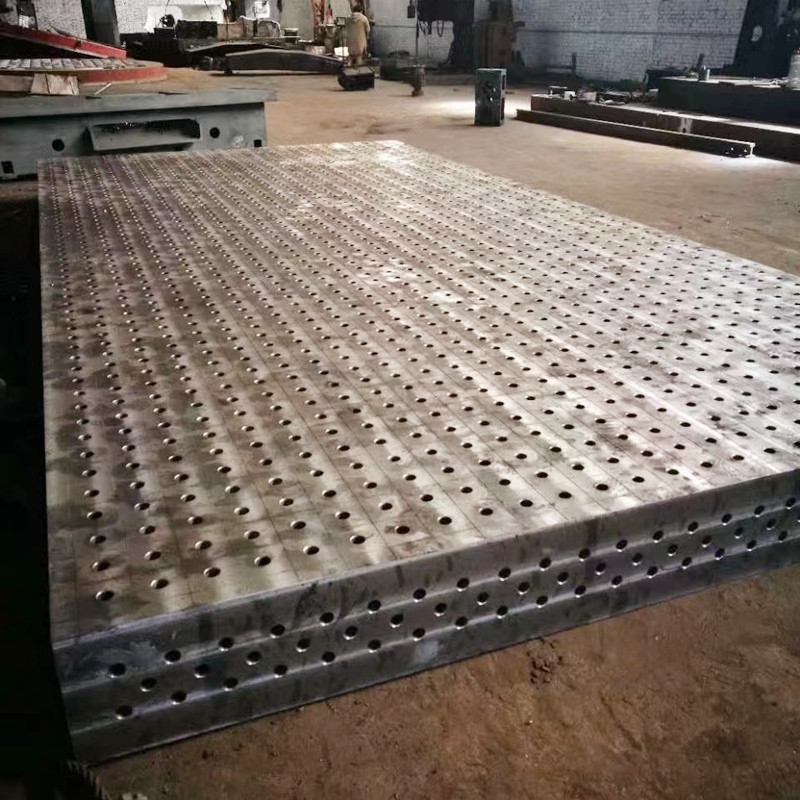dec . 03, 2024 17:18 Back to list
Understanding Micrometer Measurements for Precision in Engineering Applications
Understanding the Micrometer A Precise Tool for Measurement
In the realm of engineering, machining, and scientific research, precision is paramount. One of the most essential tools for achieving this precision is the micrometer. Measuring micrometers, often referred to as micrometers, are devices crafted specifically to measure small distances or thicknesses with exceptional accuracy. This article delves into the intricacies of the micrometer, exploring its design, functionality, and applications.
What is a Micrometer?
A micrometer is a measurement tool used to measure small distances with a high degree of accuracy, typically in the range of one thousandth of a millimeter (1 µm) to several centimeters. The most common type of micrometer is the outside micrometer, which measures the exterior dimensions of objects. There are also inside micrometers and depth micrometers designed for measuring internal dimensions and depths, respectively.
Construction of a Micrometer
The fundamental structure of a micrometer includes a frame, an anvil, a spindle, a thimble, and a sleeve. The frame provides support and stability while holding the anvil and spindle in place. The anvil is a fixed surface against which the object to be measured is placed. The spindle is movable and is adjusted using the thimble. As the thimble turns, the spindle approaches or retracts from the anvil, allowing precise measurements to be taken.
The scales on the sleeve and thimble work in tandem to provide measurements. The sleeve typically has a linear scale marked in millimeters or inches, while the thimble has a circular scale, often divided into smaller units, such as tenths or hundredths of a millimeter. By combining readings from both scales, the user can achieve highly accurate results.
How to Measure with a Micrometer
Using a micrometer requires a careful and systematic approach to ensure accuracy. The first step involves selecting the appropriate micrometer – for example, an outside micrometer for measuring external dimensions. Once the correct micrometer is chosen, the user should
measuring micrometer

1. Calibrate the Micrometer Before taking measurements, it’s important to ensure that the micrometer is calibrated to zero. This is done by closing the micrometer and checking the reading; adjustments may need to be made if it does not read zero.
2. Position the Object Place the object to be measured between the anvil and spindle. Ensure that the object is clean and free from debris to avoid skewed measurements.
3. Close the Spindle Gently turn the thimble until the spindle just touches the object. It is crucial to apply consistent pressure; excessive force can damage the micrometer or the object being measured.
4. Read the Measurement Finally, read the scale on the sleeve and the scale on the thimble to get the precise measurement. Add these values together to obtain the total measurement.
Applications of Micrometers
Micrometers are utilized across various fields where precision is key. In manufacturing, they are vital for quality control, ensuring that components meet specific tolerances. In mechanical engineering, they are used to measure parts of machinery, while in scientific applications, researchers use micrometers to measure small specimens in laboratories.
In the realm of electronics, micrometers help in measuring the thickness of circuit boards and components. Even in the arts, they are used for precision in sculpting and designing intricate models.
Conclusion
The micrometer is an indispensable tool in many fields that require precise measurements of small dimensions. Its simple yet effective design, coupled with its capability for high accuracy, makes it an essential instrument for professionals ranging from engineers to scientists. By understanding how to properly use a micrometer and the importance of calibration, users can ensure accuracy in their measurements, thereby enhancing the quality of their work and supporting the advancement of technology and science. Whether you're in a workshop, laboratory, or studio, mastering the micrometer is a skill worth developing, promoting precision in every project.
-
Why Metric Trapezoidal Thread is Ideal for Precision Motion ControlNewsAug.05,2025
-
The Unique Properties of a Block of Granite for Industrial UseNewsAug.05,2025
-
The Role of Flanged Y Strainers in Preventing Pipeline ClogsNewsAug.05,2025
-
The Importance of Regular Calibration for Master Ring GagesNewsAug.05,2025
-
How a Cast Iron Surface Table Enhances Accuracy in ManufacturingNewsAug.05,2025
-
Comparing Different Check Valve Types for Optimal Flow ControlNewsAug.05,2025
Related PRODUCTS









